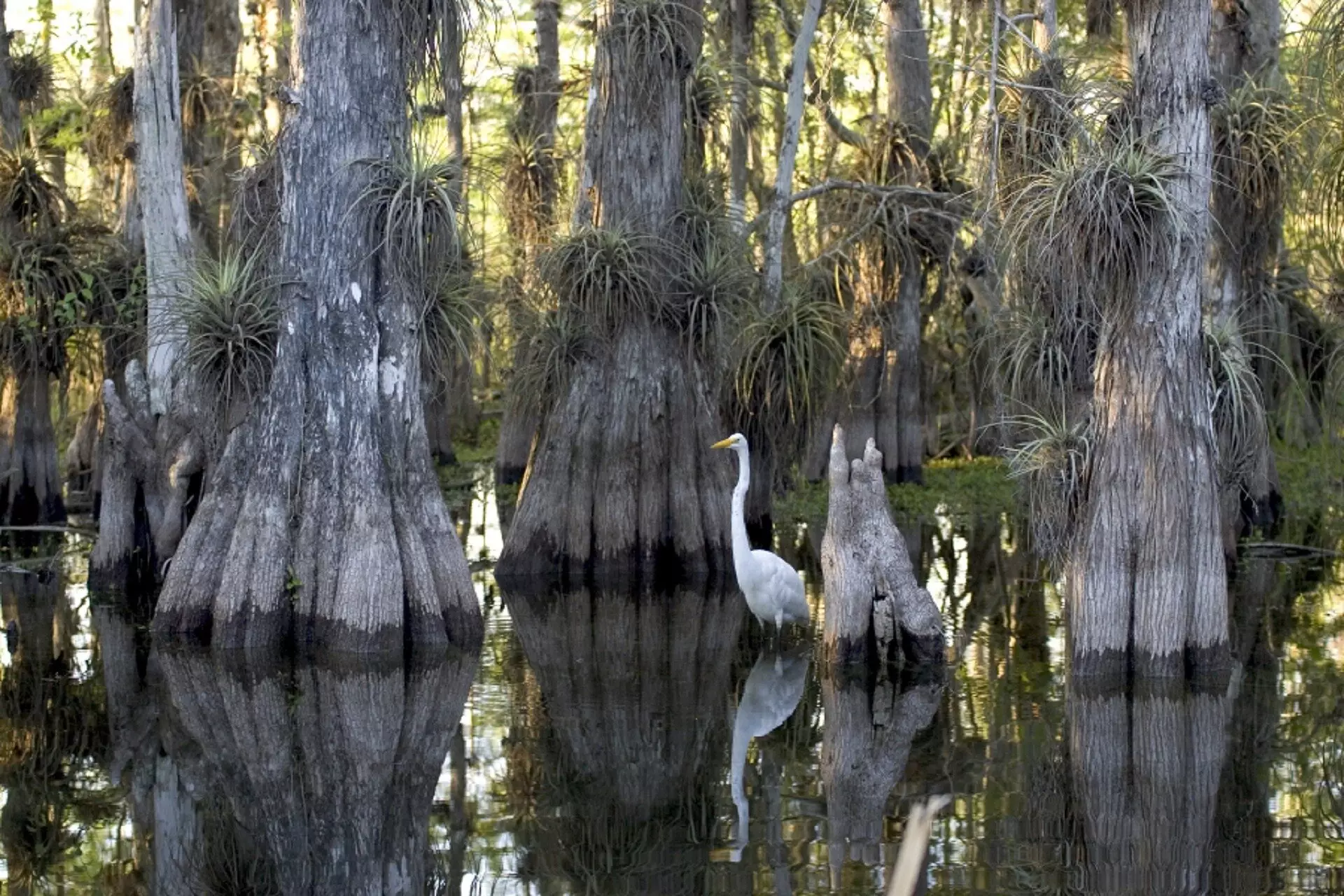The consequences of global warming continue to dominate environmental discussions and research worldwide. One of the key concerns is the rising sea levels and the subsequent flooding of coastal areas and low-lying islands. These events lead to the destruction of ecosystems and displacement of both human and animal populations. Among the natural habitats affected are mangrove forests, which are uniquely adapted to coastal environments.
The Dilemma of Mangrove Decline
Mangroves, known for their ability to withstand the salty conditions of coastal shores, face significant threats from rising sea levels. As the sea encroaches further inland, these trees become flooded and eventually drown. This unfortunate trend has been observed in several regions where mangrove forests have witnessed a decline in recent years, raising concerns about their survival in the face of climate change.
However, a recent study conducted by a team of environmental scientists from the University of Wollongong Faculty of Science Medicine and Health’s School of Earth, Atmospheric and Life Sciences, in collaboration with a colleague from the University of New South Wales, brings a glimmer of hope for mangroves. The team focused on the Howick Islands, part of the Great Barrier Reef, and discovered an unexpected phenomenon: mangrove expansion.
The Unique History of the Howick Islands
The Howick Islands stand out from other islands due to their unique history, which has played a crucial role in their ability to support mangrove growth. Around twelve thousand years ago, as sea levels rose at the end of the Last Glacier Maximum, coral reefs flourished, capitalizing on the changing climate. However, as sea levels fell again ten thousand years later, the reefs perished due to dehydration, leaving behind a mix of salt, dead coral, and ocean sediment. The islands became surrounded by small outcroppings of mangroves that thrived at the edges.
With sea levels rising again, conditions on the Howick Islands have improved, allowing the mangrove forests to flourish. To assess the growth and health of these mangroves, the research team employed a two-pronged approach. They utilized drones to capture aerial imagery, providing a comprehensive view of the islands and their vegetation cover. Additionally, researchers ventured into the mangrove forests themselves, collecting data on tree characteristics such as height and diversity. This on-the-ground assessment aided them in comparing current findings with a similar study conducted in 1973.
The team’s investigations revealed remarkable growth in the mangrove forests on the Howick Islands over the past half-century. Approximately 10,000 metric tons of mangrove biomass has been added during this time, accompanied by a significant increase in forest density. Such developments are highly encouraging as mangroves act as effective carbon sinks, absorbing substantial amounts of carbon dioxide from the surrounding air. This unique characteristic makes them valuable contributors to mitigating climate change.
The findings of this study provide insights into the complex relationship between rising sea levels, climatic conditions, and mangrove ecosystems. The ability of the Howick Islands’ mangroves to thrive amidst sea-level rise showcases the adaptability and resilience of certain species. These observations offer hope for the future of mangrove forests globally and emphasize the importance of protecting such habitats.
As the threat of rising sea levels looms, it is crucial to prioritize the conservation and protection of mangrove forests. These ecosystems play a significant role in safeguarding coastlines from erosion and storms, providing habitats for diverse marine species, and mitigating climate change through carbon sequestration. Efforts should focus on reducing greenhouse gas emissions, addressing coastal development concerns, and promoting sustainable land use practices that preserve the integrity of mangrove habitats.
The study conducted by environmental scientists at the University of Wollongong and the University of New South Wales sheds light on the positive impact of rising sea levels on mangrove expansion in certain areas, as exemplified by the Howick Islands. These findings challenge predominant notions of mangrove decline, reminding us that nature is capable of adaptation even in the face of significant challenges. By recognizing the importance of mangrove ecosystems and implementing effective conservation measures, we can contribute to the preservation of these valuable habitats and their critical role in climate change mitigation.


Leave a Reply